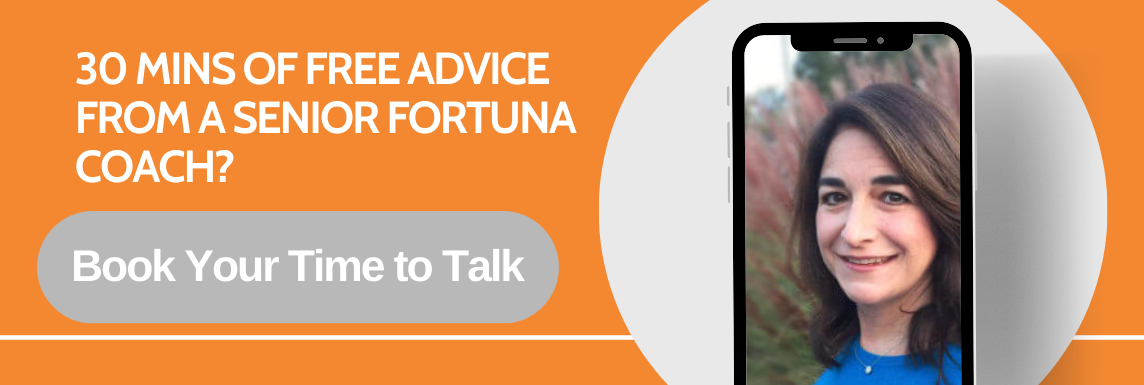Chicago Booth asks candidates invited to interview to submit a short, pre-interview video that showcases who you are and how you think.
Candidates will be asked to respond to a personal question, with an option to choose between two prompts. Your answer should run 60 seconds or less. Although the video is assigned at the time of interview invations, it is not officially part of the interview.
Your video will not be provided to your interviewer; so don’t expect to spend time on it in the interview itself. Rather, it’s designed to provide fresh, unmoderated insights for the admissions committee. (For a deep dive on how to prepare for the Chicago Booth MBA interview itself, view my related article.)
A growing number of schools have adopted a video component in the MBA application. While programs have different time limits and questions, all are seeking an authentic and unscripted glimpse of your poise, character, motivations and ambitions. In addition to seeing you in action, your video presentation allows the MBA admissions committee to assess your confidence, presentation style, language skills and ability to think on your feet.
As former Associate Dean of Chicago Booth (and a Booth alum), I see this as an excellent opportunity to convey another dimension of your candidacy and bring your application to life. My Fortuna colleague, Caroline Diarte Edwards, calls the video statement “a really positive evolution in terms of giving candidates more scope to express themselves in the application process.”
The general rules of video presentation apply: make sure you have good lighting, excellent sound quality and a background free of clutter or distractions. Focus on the camera and include interesting visuals if appropriate, etc. (Fortuna’s Matt Symonds offers great advice on how to ace the MBA video essay, including tips on setup and presentation that are applicable to Booth.) You can record the video with a cellphone, computer, or other video recording device; Booth makes it clear that you won’t be evaluated on the styling and editing of the recording, only the content of your submission.
Speaking of content, you’re given a choice between two questions, and in the invitation letter, Booth explicitly invites you to have some fun with this.
Booth Video Questions & How to Craft Your Response
1) Tell us about something new you learned recently that shifted your worldview. How did it influence your behavior and/or actions?
2) What is something you wish people knew about you but you’re not sure that they do?
First, I don’t perceive a benefit in choosing one question over the other. It depends on which one speaks to you and which will elicit a response that’s authentic, meaningful, and compelling. Booth is deploying this approach to get to know you in a different way — to actually see you, get a sense of your communication style and ability and to gauge your personality. Therefore, how you say things may be more important than what you say.
That being said, the first question invites you to share a perspective on what is going on in the world right now and how it has affected you. This is a great opportunity to reveal your values, what you care about and how recent and current circumstances motivate you to drive change or serve a greater purpose. What are the issues that are important to you? What have you learned about the issue? Why has it changed your perspective? How has it moved you to adapt or act? There are many issues in the world today that could influence this response. This is a chance to highlight an issue important to you and show that you not only pay attention to what’s going on, but also have been motivated to take some action (or at least have ideas on doing so).
The singular essay question for UCLA Anderson is very similar to video question 1, and Fortuna’s Jessica Chung offers some excellent, relevant guidance in her related article. “Rather than referencing several events on a superficial level, pick one that allows you to convey the kind of leader you are and hope to become,” writes Jessica. “As you sift through the possibilities, the single most important action you can take is to spend significant time on self-reflection… What you choose to cite is less important than why you’re citing it: how did it influence your thought process, mindset, next steps, aspirations?”
The second question can be much more personal and could also be much more playful. Dare to have some fun here: It is more about your personality and interests rather than your view of world events. I would use this question if there is something really intriguing about you. I would also try to tie into this why this is important to you and how it has affected your life, career, relationships, etc. Again, I think the key here is focus even more on personality. If you go with this question, you’ll want the issue to be captivating and there is even more opportunity to deploy humor, unusual location, props, etc., to get the message across.
Question 2 reminds me of a brilliant 60-second video by an MIT Sloan admit, which Fortuna’s Brittany Maschal describes in her article on how to approach the MIT Sloan video question.
“The secret to his success was to focus on just one story from his life, which revealed a distinctive aspect of his personality. Frankly, it was an anecdote that might easily be overlooked, if it weren’t for the artful way he used his story to illuminate the personal values and attributes that made him a great fit for MIT,” writes Brittany. “…What he achieved was a winsome glimpse into what made him unique, and it exuded warmth, sincerity, and authenticity.”
If you’re noticing a theme here, it’s that 60 seconds is scant time to tell your story. Identifying a single story that conveys something meaningful allows you to offer more depth about who you and what you stand for. This is also the opportunity to add something to your narrative that isn’t conveyed elsewhere in your application.
Finally, it can also be useful to solicit feedback from others. I recommend talking to a coach or a trusted person in your life outside of work. Keep your audience in mind as you prepare and practice (and practice again) your video presentation – this is the Booth admissions committee, after all. Having a deep understanding of Booth’s values and culture will allow you to make relevant connections to your own story.
For a deep dive into what to expect on interview day, view my related article on how to prepare for the Chicago Booth MBA interview, and check out my short video strategy session with Fortuna’s Malvina Miller Complainville, below.
What more advice on Chicago Booth?
Check out related articles and resources by Fortuna’s expert coaches on Chicago Booth:
- Chicago Booth MBA Interview: What to Expect and How to Prepare
- Chicago Booth Essays: Tips & Strategy
- MBA Admissions Masterclass: Kellogg & Chicago Booth
- Business School Profile on Chicago Booth
You can also view more video strategy sessions on Booth and other top MBA programs on Fortuna’s YouTube channel.

Bill Kooser is a MBA Admissions consultant and Director at Fortuna Admissions, a Booth alum, and former Booth Associate Dean. With over 30 years of experience, Bill has been responsible for nearly every business school function. For a candid assessment of your chances of admission success at a top MBA program, sign up for a free consultation. If you already know what you want, you can sign up directly for MBA interview prep with a Fortuna expert coach or explore all services.
